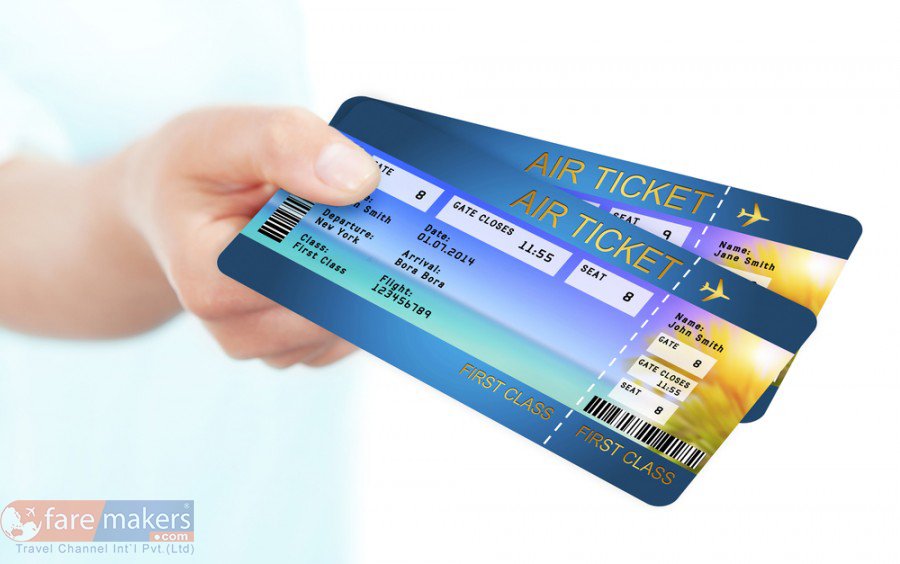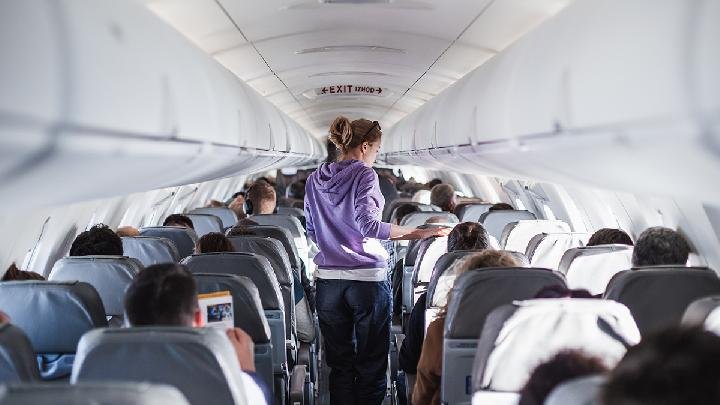Securing Your Skies: A Comprehensive Guide to Purchasing Air Tickets
In the modern, interconnected world, air travel has become an indispensable part of both personal and professional life. Whether you’re embarking on a dream vacation, visiting family, or attending a crucial business meeting, the journey often begins with the crucial step of securing your air ticket. Flightticketbooking.co.in understands that this process can sometimes feel overwhelming, with a multitude of airlines, routes, and pricing options to navigate. This comprehensive guide aims to demystify the process of purchasing air tickets, offering valuable insights and practical tips to ensure you get the best possible deal while minimizing stress.
1. Planning is Paramount: The Early Bird Advantage
The adage "the early bird catches the worm" holds especially true when it comes to airfare. Airlines typically release tickets several months in advance, and prices tend to be lower during the initial release period. Booking well in advance, generally 2-3 months for domestic flights and 4-6 months for international flights, often yields significant savings.
However, the optimal booking window can vary depending on the destination, time of year, and airline. Flexibility is your ally here. If your travel dates are flexible, experiment with different dates and times to see how prices fluctuate.
2. Harnessing the Power of Online Resources
The internet has revolutionized the way we purchase air tickets. Numerous online travel agencies (OTAs) and airline websites provide powerful search engines that allow you to compare prices from multiple airlines simultaneously. Some popular OTAs include:
- Expedia: A well-established platform with a wide range of travel options.
- Kayak: Known for its price comparison tools and flight tracking features.
- Skyscanner: A global search engine that compares prices from numerous airlines and travel agencies.
- Google Flights: A user-friendly platform that offers price tracking and flexible date search options.
When using OTAs, be sure to carefully review the terms and conditions, including cancellation policies, baggage fees, and customer service contact information.
3. Airline Websites: Going Straight to the Source
While OTAs can be valuable for comparing prices, it’s always a good idea to check the airline’s website directly. Sometimes, airlines offer exclusive deals or discounts that are not available through OTAs. Additionally, booking directly with the airline can often simplify the process of making changes or resolving issues.
Most airlines have user-friendly websites with intuitive booking interfaces. You can typically search for flights, select your preferred seating, and add any additional services you may require.
4. Understanding Fare Types and Restrictions
Air tickets come in various fare types, each with its own set of rules and restrictions. The most common fare types include:
- Basic Economy: The cheapest option, but often with limited baggage allowance, seat selection restrictions, and no change or cancellation options.
- Economy: A more flexible option than Basic Economy, with typically a standard baggage allowance and some flexibility to change or cancel your ticket for a fee.
- Premium Economy: Offers more legroom and enhanced amenities compared to Economy.
- Business Class: Provides a more comfortable and luxurious travel experience, with wider seats, premium meals, and lounge access.
- First Class: The most luxurious option, with the highest level of service and amenities.
Before booking, carefully review the fare rules and restrictions to ensure they align with your needs and preferences. If you anticipate needing to make changes to your travel plans, opt for a more flexible fare type, even if it costs a bit more.
5. Mastering the Art of Price Comparison
Price comparison is a critical step in securing the best airfare. Don’t rely on just one website or search engine. Explore multiple platforms to get a comprehensive view of available options.
Pay attention to the total price, including taxes and fees. Some websites may initially display a lower price, but then add on additional charges during the booking process.
Consider using price tracking tools, such as Google Flights, to monitor price fluctuations for your desired route. You can set up alerts to be notified when prices drop.
6. The Baggage Maze: Understanding Allowances and Fees
Baggage fees can significantly add to the cost of your air ticket. Before booking, carefully review the airline’s baggage allowance policy, including the size and weight restrictions for both checked and carry-on baggage.
If you plan to check baggage, factor in the cost of baggage fees when comparing prices. Some airlines offer discounted baggage fees if you purchase them online in advance.
Consider packing light to avoid checked baggage fees altogether. Utilize packing cubes to maximize space and organize your belongings.
7. Navigating Layovers and Connections
When booking flights with layovers, carefully consider the connection time. A short connection time can be risky, especially if your first flight is delayed. Allow ample time to deplane, navigate the airport, and reach your connecting gate.
Also, be aware of the airport layout and the distance between terminals. Some airports require you to take a shuttle or train to reach your connecting gate.
8. The Power of Loyalty Programs
If you travel frequently, consider joining airline loyalty programs. These programs allow you to earn miles or points for every flight you take. These miles can be redeemed for free flights, upgrades, and other travel benefits.
Some credit cards also offer travel rewards, allowing you to earn miles or points on everyday purchases.
9. Payment Options and Security
When purchasing air tickets online, ensure that the website is secure and uses encryption to protect your personal and financial information. Look for the "https" in the website address and a padlock icon in the browser’s address bar.
Use a secure payment method, such as a credit card or PayPal, which offer fraud protection. Avoid using debit cards or bank transfers, which may not provide the same level of security.
10. Confirming Your Booking and Staying Informed
Once you’ve completed your booking, carefully review your itinerary and confirm all the details, including your name, flight dates, times, and airport codes.
Keep a copy of your booking confirmation and e-ticket in a safe place. You may need to present these documents at the airport.
Stay informed about any changes to your flight schedule. Airlines often send notifications via email or text message. You can also check the status of your flight on the airline’s website or through a flight tracking app.
11. Alternative Airports
Sometimes, flying into or out of a smaller, less-busy airport near your destination can result in significant savings. Consider researching alternative airports and comparing prices.
However, factor in the cost and convenience of transportation from the alternative airport to your final destination.
12. Be Flexible with Travel Dates
If you have some flexibility with your travel dates, try searching for flights on different days of the week. Mid-week flights (Tuesday, Wednesday, and Thursday) are often cheaper than weekend flights.
Conclusion
Purchasing air tickets doesn’t have to be a daunting task. By following these tips and strategies, you can navigate the complexities of the air travel market and secure the best possible deal for your next flight. Remember to plan ahead, compare prices, understand fare rules, and stay informed throughout the process. Happy travels!










